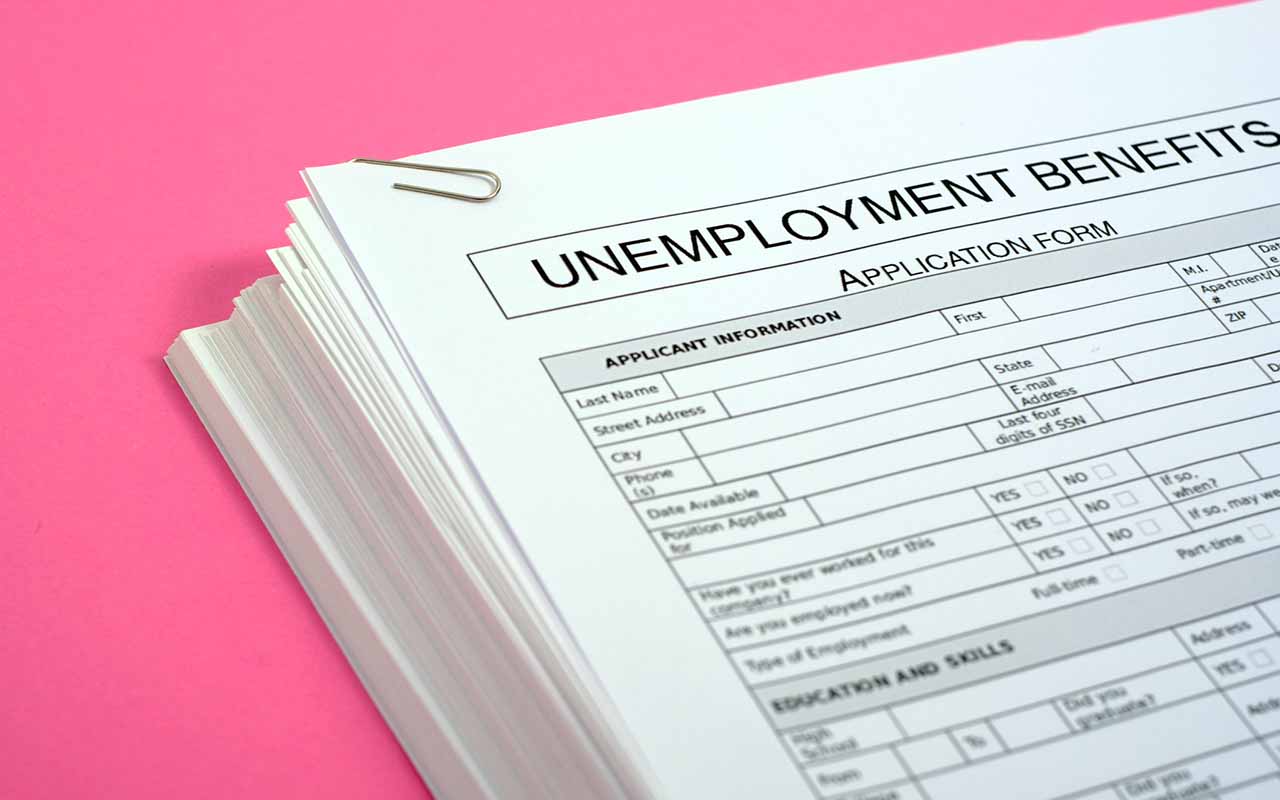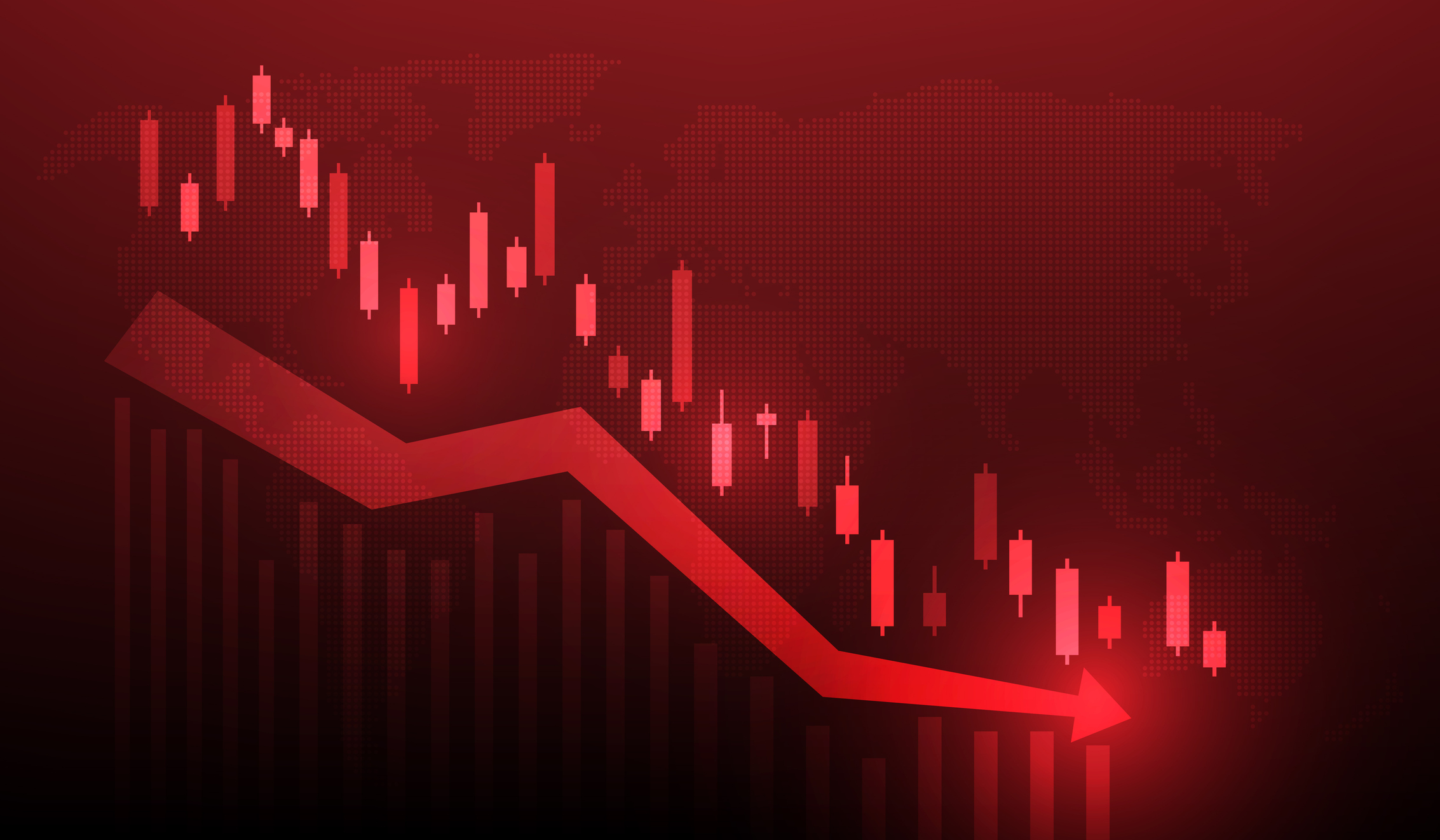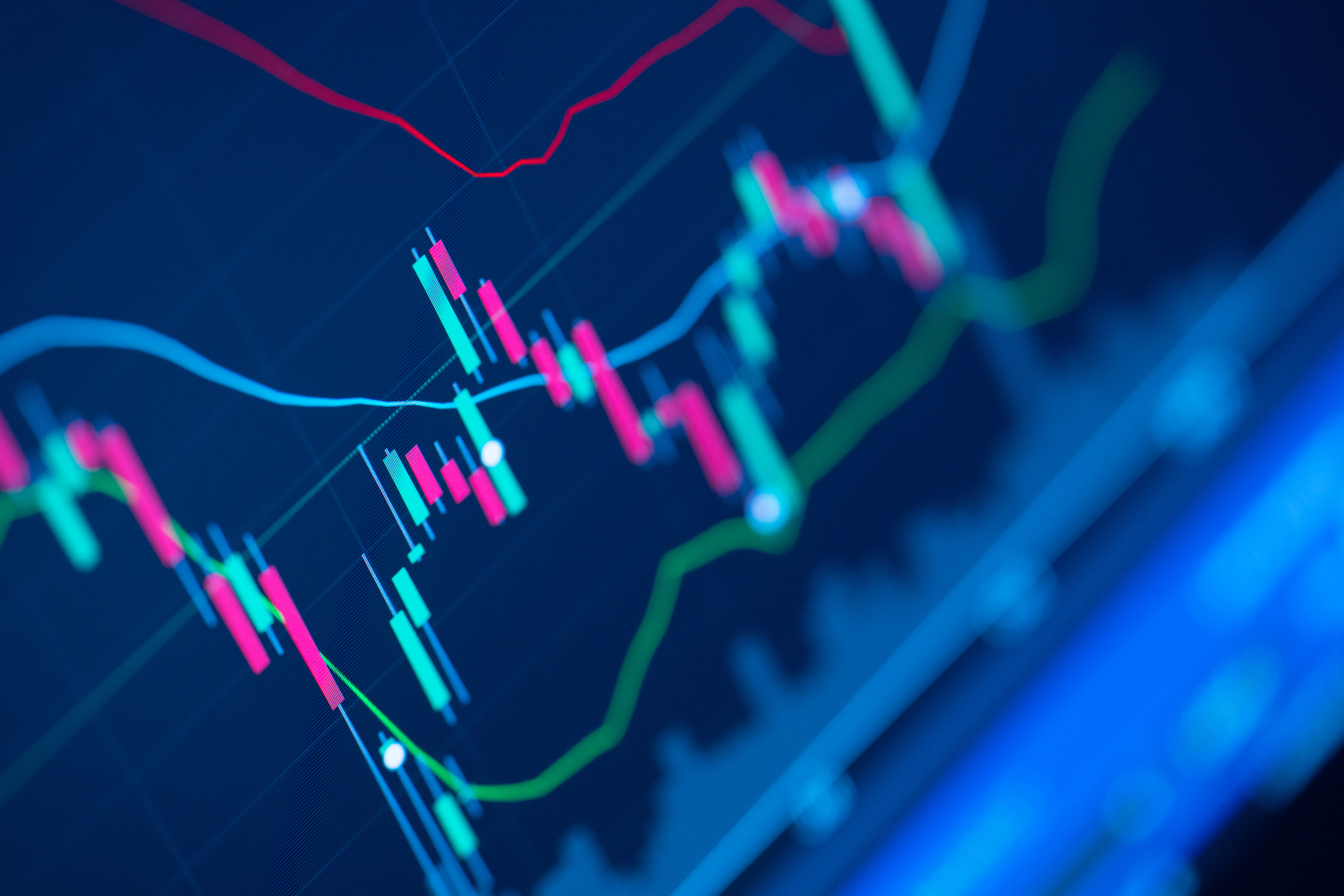Sell in May and Go Away: Should You in 2020?
The seasonal suggestion to "sell in May and go away," an adage spurred by the market's superior performance during certain months of the year, is backed by the numbers more often than not.

The seasonal suggestion to "sell in May and go away," an adage spurred by the market's superior performance during certain months of the year, is backed by the numbers more often than not. But whether investors should follow that advice is an annual debate – one that's a lot more complex this year.
"The data shows that, on average, the November-April periods outperformed the May-October periods," says Jodie Gunzberg, chief investment strategist at Graystone Consulting, a Morgan Stanley business. Gunzberg points to monthly S&P 500 data compiled from January 1928 through March 2020, which shows an average November-April return of 5.1%, versus just 2.1% for May-October.
A few other numbers to consider:
- The November-April period delivered positive returns in 65 of 91 years (71%).
- The May-October period delivered positive returns in 60 of 92 years (65%).
- During positive periods, the average November-April return was 11%, versus 8.7% for May-October.
- During negative periods, the average November-April return was -9.6%, versus -10.4% for May-October.
Regardless, market strategists and financial experts typically advise investors to avoid timing the market. And this is no ordinary year, as the COVID-19 pandemic has unfurled a global economic slowdown and a frenetic couple months of market action.
Let's take a holistic look at the "sell in May and go away" phenomenon as it applies to 2020. Here, we'll explore what the experts think about the current economic environment, whether the strategy works for investors, their broader investing suggestions right now and which areas of the market they favor.
Data is as of April 29.

Economic Factors at Play
The economic landscape heading into this year's May-October period is one of the most cratered in U.S. history.
More than 30 million Americans filed for unemployment benefits between mid-March and late April, according to Labor Department data. Gross domestic product (GDP) contracted by 8.4% during the first quarter, which was even worse than economists expected. U.S. crude oil prices have fallen 70% year-to-date, to around $15 per barrel, and at one point sank into negative territory.
At the same time, however, benchmark interest rates are near zero. And both the Federal Reserve and Congress are throwing trillions of dollars in stimulus into the economy.
"The global pandemic is pushing many economic factors like growth, unemployment, consumer confidence and oil prices to worrying levels," Gunzberg says. "However, there has also been unprecedented monetary and fiscal stimulus, intended to soften the blow from at least a two-quarter collapse in growth."
While there is some optimism of "reopening the economy" in the second quarter, the loss of income for millions of Americans and businesses could impact 2020 earnings indefinitely. Investors can expect additional layoffs, lower capital expenditures and thinner profit expectations (if any – many companies are withholding forecasts) for the next several quarters.
Americans could be facing a longer and W-shaped economic recovery, says Robert Johnson, finance professor at Creighton University in Omaha, Nebraska.
"The economy will begin to recover, but then will fall a second time with many Americans ending social distancing prematurely," he says. "This is essentially a double-dip recession."
There are other smaller factors to consider, too. For instance, money typically flows into the market early in the year due to some marginal buying from IRAs that need to be funded by April 15, However, Steve Sosnick, chief strategist at brokerage Interactive Brokers, says the tax deadline extension could put additional pressure on the markets.

Should You Sell in May and Go Away? Some Say 'Yea' ...
Sam Stovall, chief investment strategist at CFRA, a New York-based investment research company, calls himself a "big believer" in the seasonal trend.
However, if you sit out the market altogether during the "weaker" months, you could miss out on the occasional summer surge. Instead of exiting in May, Stovall suggests targeting cyclical sectors from November through April, then gravitating toward defensive groups from May through October.
This strategy can be mimicked using sector exchange-traded funds (ETFs), such as State Street Global Advisors' SPDR sector funds, Invesco's equal-weight sector funds (where all the stocks in a sector are represented equally) or iShares' global sector ETFs for international diversification.
It also can be accomplished through the Pacer CFRA-Stovall Equal Weight Seasonal Rotation ETF (SZNE, $25.88). SZNE leverages the traditional semiannual rotation between cyclical and defensive sectors and rotates among cyclical sectors (including consumer discretionary, industrials, materials and tech) from November through April, and defensive groups (including consumer staples and health care) from May through October.
"This strategy beat the market in 77% of calendar years since 1990 and did so by an average 600 basis points," Stovall says.

… But Others Say 'Nay'
Given that even professionals routinely fail to time the market, it seems a fool's errand for most individual investors. Many experts suggest sticking to your original strategy – one based on when you plan to retire, how much risk and volatility you can endure, and your cash flow needs.
"We encourage our clients to stay invested according to their policies to meet their goals, which generally are not met by the timing adage 'sell in May and go away,' but reflect needs for liquidity, inflation and retirement," Gunzberg says.
Rick Swope, senior director, investor education, at online brokerage E*Trade Financial, points out that going away in May isn't even an option for some investors. "Many have already moved to the sidelines amid unprecedented market volatility," he says.
But those who still have capital in the market should stick to the game plan.
"While some of the stats may hold true, timing the market based on a catch phrase is a losing game for long-term investors, especially as we face uncertain economic stability during the COVID-19 crisis," Swope says. Investors who chase performance are facing a lot of risk because they are "always looking in the rear-view mirror."
Sosnick, meanwhile, says statistical tendencies don't result in certainty. And investors are facing an unprecedented situation right now, "rendering historical precedents somewhat irrelevant."

Big-Picture Advice
Gunzberg recommends investors stick with passively managed strategies by purchasing mutual funds or ETFs that invest in broad indexes or sectors, as well as remaining diversified with systematic rebalances. But if you're going to be more active, take advantage of cheap valuations, growth or in different size companies based on cycles and fundamentals, she says.
Don't expect the market to behave the same way each year – it's not prudent, Swope says. Instead of investing a large amount of money at one time, consider spacing out your purchases, known as dollar-cost averaging.
"While historical data can be helpful, past performance is no guarantee of future results," he says. "Consider choosing investments that fit your overall financial objectives, not just those that have been recent winners or in anticipation of slower months ahead."
Investors who are building their investment portfolios in the middle of this mess can start with a broad market fund such as the SPDR S&P 500 ETF Trust (SPY, $293.21) or iShares Core S&P Total U.S. Stock Market (ITOT, $65.59).
"Total market ETFs aim to track the price of the market," Swope says. "While investing in a bear market may not be for the faint of heart, investing in index funds over the long term can help investors build a diversified portfolio at a low cost."

Areas of the Market That Look Attractive
Instead of blindly following the old "sell in May and go away" chestnut, Gunzberg says investors should buy stocks or funds in the financial and health care sectors. "(They) look relatively cheap on a current forward P/E relative to the 20-year average," she says.
And value stocks remain a buy compared to growth stocks, which have gotten crowded, stretching their valuations. But if you are insistent on adding growth, look for high-quality large caps that are managing to keep good profitability trends intact.
Small caps have underperformed at a historic clip, and some are looking attractive now, Gunzberg says, especially since much of the stimulus is directed squarely at consumers, as well as small- to midsize businesses.
Johnson says quality firms with strong balance sheets, as well as those that have wide economic moats and have stood the test of time, are less risky.
"Berkshire Hathaway (BRK.B, $189.61), Apple (AAPL, $287.73), Microsoft (MSFT, $177.43), Procter & Gamble (PG, $117.08) and Coca-Cola (KO, $47.12) are companies likely to emerge from this crisis in a position of strength," he says.
Michael Underhill, chief investment officer of Capital Innovations in Pewaukee, Wisconsin, suggests a more balanced equity portfolio. Investors could target a mix of high-quality moderate-growth companies boasting strong balance sheets, and more cyclical and/or value areas such as energy and materials.
The financial sector could be a good play, says Thomas Hayes, chairman of Great Hill Capital, a New York investment firm. The last time banks were this "underweight" was July 2016, he says, and their stocks proceeded to nearly double over the next 18 months.
"That is not to say this phenomenon will repeat, but it is to say that when one side of the boat is so overcrowded and certain, there can be rewards for taking the other side of the trade," says Hayes, who adds, "We like and own banks here."

Areas You Should Avoid
Several sectors might not begin a true recovery until 2021 or later and should be avoided right now, Gunzberg says. That includes consumer discretionary and industrial stocks, which appear to be relatively expensive based on future earnings estimates compared to their long-term averages.
Investors might have difficulty pinpointing opportunities in some sectors that are changing amid (and could continue to transform in the aftermath of) the pandemic as consumer and business habits shift.
Real estate footprints, for instance, are likely to look different as more people work from home and order online. While oil prices likely will come off these longtime lows, demand still could remain depressed as commuting and travel (both for work and entertainment) are diminished – making the energy sector a difficult call.
Underhill also believes tech stocks are riskier and that investors should avoid being overexposed here. Investors were convinced in 2000-01 that "new economy" equities could power through an economic downturn while "old economy" companies couldn't. They rewarded those tech-facing equities with huge relative premiums, which cost many investors in the end.
"The current relative valuations are back to those 2000 extremes," he says. "Investors will start discounting that rate of change in their growth rates and compress their relative price-to-earnings ratios sometime in 2020."
Profit and prosper with the best of Kiplinger's advice on investing, taxes, retirement, personal finance and much more. Delivered daily. Enter your email in the box and click Sign Me Up.
-
 What You Learn Becoming Your Mother's Financial Caregiver
What You Learn Becoming Your Mother's Financial CaregiverWriter and certified financial planner Beth Pinsker talks to Kiplinger about caring for her mother and her new book.
-
 I want to help pay for my grandkids' college. Should I make a lump-sum 529 plan contribution or spread funds out evenly through the years?
I want to help pay for my grandkids' college. Should I make a lump-sum 529 plan contribution or spread funds out evenly through the years?We asked a college savings professional and a financial planning expert for their advice.
-
 Stocks Close Out Strong Month With Solid Amazon Earnings: Stock Market Today
Stocks Close Out Strong Month With Solid Amazon Earnings: Stock Market TodayAmazon lifted its spending forecast as its artificial intelligence (AI) initiatives create "a massive opportunity."
-
 Stocks Hit Fresh Highs Ahead of the Fed As Earnings Pump Optimism: Stock Market Today
Stocks Hit Fresh Highs Ahead of the Fed As Earnings Pump Optimism: Stock Market TodaySHW and UNH were two of the best Dow Jones stocks Tuesday, thanks to solid earnings reports, and MSFT closed with a $4 trillion market cap.
-
 US-China Trade Hopes Send Stocks to New Highs: Stock Market Today
US-China Trade Hopes Send Stocks to New Highs: Stock Market TodayApple and Microsoft are on track to join Nvidia in the $4 trillion market cap club.
-
 Dow Adds 472 Points After September CPI: Stock Market Today
Dow Adds 472 Points After September CPI: Stock Market TodayIBM and Advanced Micro Devices created tailwinds for the main indexes after scoring a major quantum-computing win.
-
 Dow Beats 334-Point Retreat on Tech Bite: Stock Market Today
Dow Beats 334-Point Retreat on Tech Bite: Stock Market TodayInvestors, traders and speculators wonder whether this remains a Magnificent 7 market and how long this AI-driven bull run will last.
-
 Dow Adds 516 Points on Broad Optimism: Stock Market Today
Dow Adds 516 Points on Broad Optimism: Stock Market TodayEasing trade war tensions and promise from early earnings reports has investors looking on the bright side to start the week.
-
 Dow Dives 878 Points on Trump's China Warning: Stock Market Today
Dow Dives 878 Points on Trump's China Warning: Stock Market TodayThe main indexes erased early gains after President Trump said China is becoming "hostile" and threatened to cancel a meeting with President Xi.
-
 Dow Adds 238 Points as UNH, CAT Pop: Stock Market Today
Dow Adds 238 Points as UNH, CAT Pop: Stock Market TodayThe lack of a September jobs report didn't seem to worry market participants, with the data delayed due to the ongoing government shutdown.
